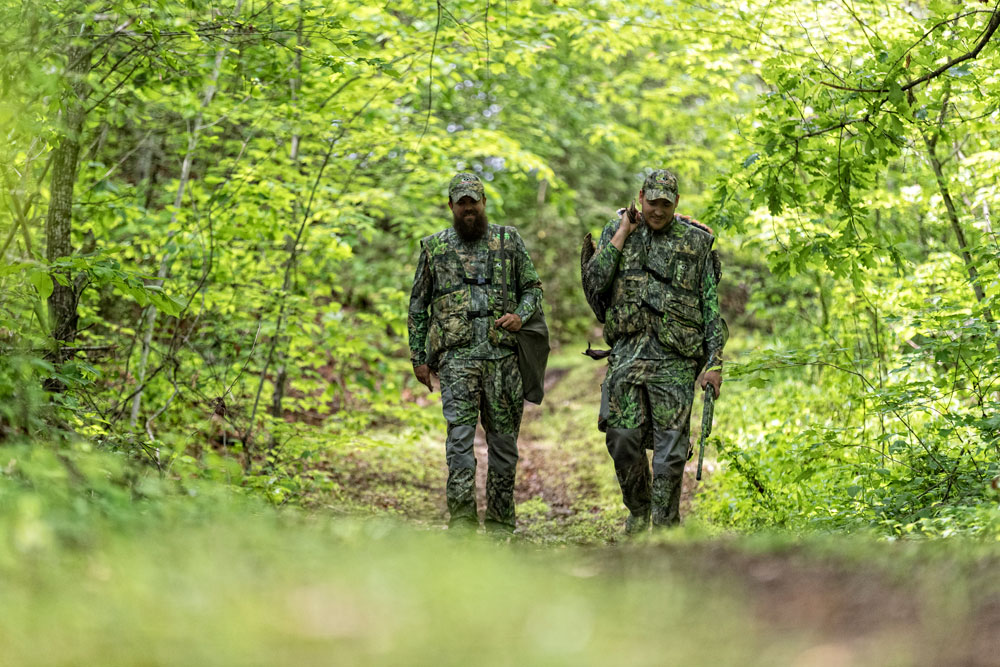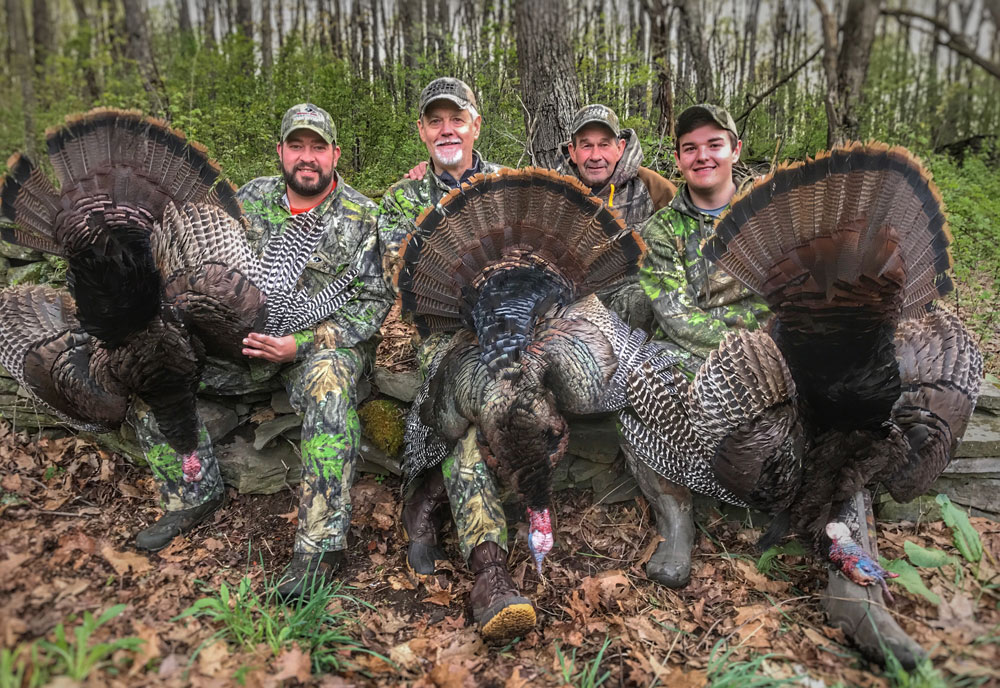Scott Ellis
As a hunter of public land my entire life, this is a topic that is near and dear to my heart. Every year I hear horror stories involving hunters that have set up on a gobbler and had someone slip in between him and the gobbler as the tom was approaching. Another is crowding areas that are obviously already filled with hunters. Inevitably it happens to me nearly every season. These are variables that you do not have control over. The number of hunters in any given area at any given time and not having knowledge of their whereabouts, probably plays a key role in most public land mishaps. It creates havoc in the turkey woods and presents numerous questionably unsafe and unethical scenarios.
Two years ago in the Baird Unit Richloam (Florida), my buddy and I arrived in the area we had scouted around 6 a.m., only leaving about 30 minutes before gobble time. No other hunters were present at the time we departed our vehicles, and this particular area was only accessible from that parking area. Our trek to the spot we had located birds would take about 30 minutes, putting it about 2.5 miles from the truck.
As the sun broke, we heard multiple gobblers and began our engagement setting up between the birds. Within 30 minutes after daylight, we had three different toms approaching, two from the northeast one from the west. The two from the northeast were not together. They were staggered approximately 100 yards apart. At about 75-80 yards, the first bird from the northeast was nearing gun range.
To our dismay we heard the report of a shotgun that nearly scared us both to death. The other hunter had to have known we were there. I was serving up some medium volume, cutting and yelping and he had to have slipped within 75 yards of us. After the blast, everything went silent, including my calling. I waited until I felt things were back to normal and that the hunter had gathered his harvest and exited the area.
I then gave an excited series of cutting and yelping. Amazingly enough the second bird from the northeast responded with a throaty gobble. Within ten minutes he was working our way. Unfortunately, we were again greeted by another shot from the same position as the first. The bird to the west shut down and was never heard from again.
The irony of the whole situation was the fact that not one gobbler was checked in that day. Either the hunter missed both times, probably attempting a shot out of range, or he managed to get two birds out of the WMA without being tagged. Nonetheless, we were victim of unethical sportsmanship. The hunter had not uttered a sound, at least not loud enough to be heard from his location, relatively close to our set-up. What if we had been on the opposite side of the hunter in question and the birds approaching? I would like to keep my limbs and eyesight a few more years, not to mention if the shot was close enough to be fatal.
We were miles from the truck and no one else was present at the time we departed. It would be different if we were hunting 400 yards from the truck. Doing that is just asking for disturbance. Every time I have heard hunters working birds, I simply bid them good luck and head out the opposite direction. It is not worth it to me to ruin somebody’s hunt or take that kind of risk.
I have had circumstances that involved not actively working a bird. The scenario basically involved being set up and blind calling, then having a tom answer. If a bird is within 150 yards or so, I proceed to work that bird. Within seconds after his initial gobble, the woods echoed with other hunters calling to the tom. In that situation no one is really unethical. I don’t even have a problem with hunters setting up on a bird in that scenario. Give him your best hen talk and let the chips fall where they may. I would not recommend moving on a gobbler when this occurs, especially with the hunters are on edge and searching for the gobbler.
Stalking a gobbling turkey on public ground is another tactic I will not employ. If I do elicit a response from a gobbler, I will make great effort to identify myself with a crow call or owl as I approach. I then listen intently for any hen calling to verify if someone has engaged the turkey. If you hear a hunter approaching while you’re set up on a gobbler, try to identify your position with some owl hooting or crow calling. Hopefully he or she can identify that you are not one of the feathered type and will steer clear of your hunt. If you are set up on a gobbler and actively working the bird, then have a hunter come in on your set up, never gain his attention with movement. Speak in an audible voice “hello” or “hey.” It’s better to end the hunt safely.
One particular situation stands out while hunting a gobbler in the Green Swamp WMA. I had an incident occur that will forever haunt me.
My hunting partner was behind the camera and we had been working this particular gobbler for about 20 minutes. This bird was responding amazingly well to be the last weekend of the season. After a long battle consisting of minimal calling, the sweet soft talk I was giving got the best of the old boy. He eased in to about 30 yards. I took the shot without any thought of anyone being in danger. The gobbler’s neck jerked violently and he began the death flop. We were elated.
Immediately after the shot I swiftly approached my trophy. As I was standing there over the bird, a figure emerged from the cypress head the gobbler had just previously exited on his approach to the final yards of our set-up. Words cannot describe how I felt when I saw the hunter. I was shaken and concerned. Realistically, he was probably never in danger of any injury, but the fact is he was stalking a gobbling turkey. Even if you do not hear someone calling, the question you have to ask yourself is what was making that turkey gobble? It could easily be someone giving a bird soft talk, calls you would only hear if you were within 50-75 yards.
Hunters are injured every year by people not clearly identifying what they are discharging their weapon at. It truly frightens me that there are people willing to shoot first and ask questions later. Please know your target when you are attempting to harvest any type of game animal. As cliché as it is, once the bullet has left the gun, there is no taking it back. It is not worth the ramifications of being careless.
As a fellow hunter on public land, I ask, please make ethical and safe hunting your number one priority in your hunting endeavors. Ask yourself one simple question when you are about to pursue a method of hunting that is in question: “Is this something I would teach my children?”






























